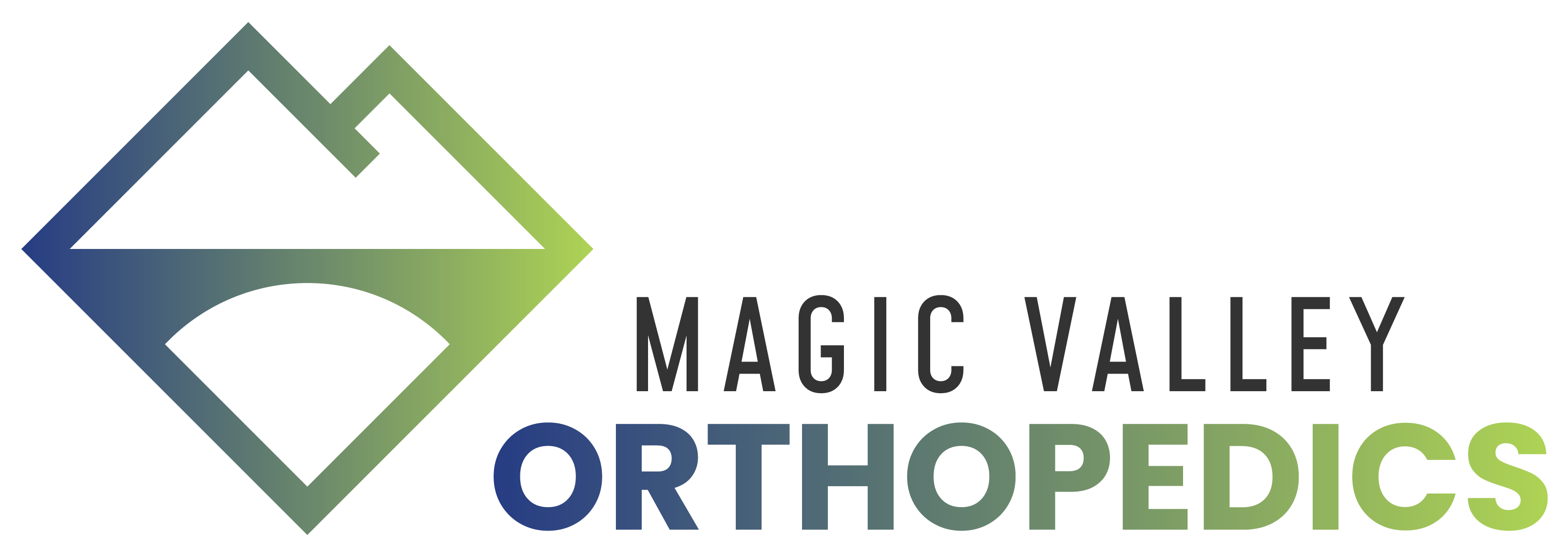Since different procedural styles have unique advantages, Dr. Dazley carefully examines each patient before determining the best surgery option. He bases his surgery strategies on your underlying condition and the specific location of the vertebrae being fused in your spine.
Regardless of the technique used, the surgery's concept is largely the same. Dr. Dazley will remove the injured disc and replace it with material that enables the adjacent vertebrae to grow new bone and fuse together into one.
Several materials promote effective fusion between two vertebrae. One approach is carried out via a bone graft, where a small piece of bone will be obtained from a small incision in your hip. This small bone will then be carefully installed between the vertebrae to promote fusion.
Harvested bone from your hip contains live cells that work in tandem with the vertebrae to generate new bone. Bone grafts can also sometimes be done with material from a bone bank or using a synthetic bone substitute. These options promote a fusion that is free of the need to harvest any bone from your hip. However, bone grafts aren’t the only option for spinal fusion surgery.
In certain cases, Dr. Dazley may use a tool called a fusion cage. A fusion cage is a small device filled with various substances that work to accelerate the growth of new bone. While a fusion cage can be filled with your own bone, Dr. Dazley might rely on advanced bone graft substitutes that contain key growth factors. These growth factors will also promote the development of new bone tissue.





